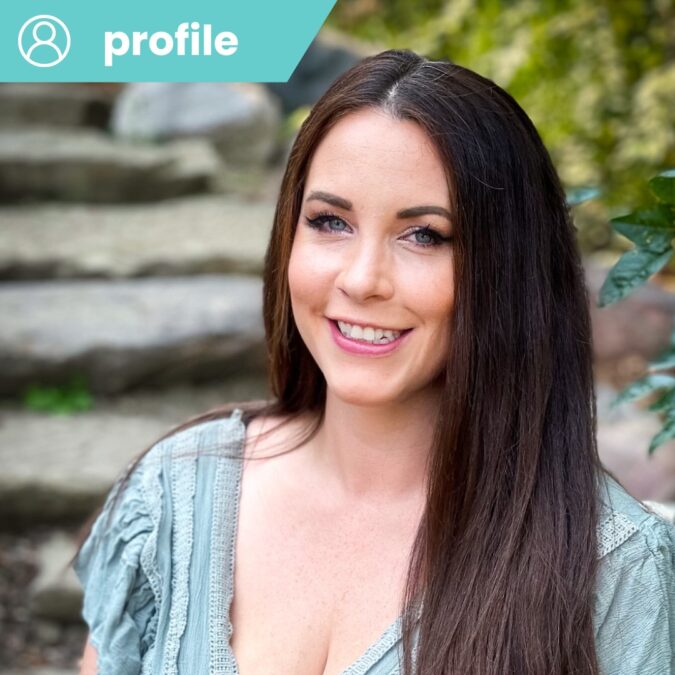Information
Name: Chelsah Thomas
Organization: Sol Invictus Energy Services
Description / Background
In this industry leader spotlight, Chelsah Thomas, founder of Sol Invictus Energy Services, shares her journey with us and her expertise in the field of emissions-neutral buildings. The conversation goes into her personal and professional background, the development of her company, and her perspective on the industry’s future.
Q: Could you introduce yourself and your background in the field of emissions-neutral buildings?
A: I’m Chelsah Thomas, and I founded Sol Invictus Energy Services in 2016.
Initially, I was pursuing my master’s degree at Western Colorado University and I was doing the sustainability stream. For my Master’s project, I developed a small social enterprise solar installation company. That was the foundation of my project and at the time, we were having an economic downturn in 2015 here in Alberta. My partner didn’t want to risk quitting his job and taking the technical training to become a solar installer due to the downturn as the move at the time didn’t make sense for my family.
We were simultaneously building our own project – the Thomas house, which was our attempt at a net-zero passive solar home in central Alberta.
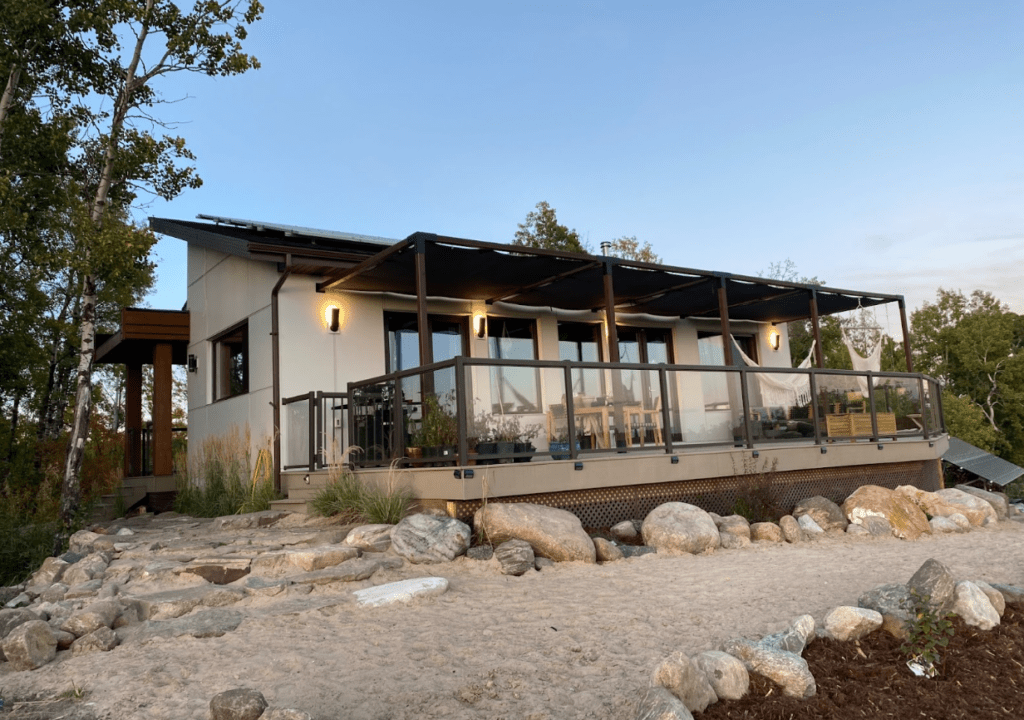
Source: Chelsah Thomas
We couldn’t find consultants that could help us initially, and there were no builders in the area geared or prepared to build a house properly to what we were requiring. So I ended up taking my energy advisor training through NRCan and then the Passive House Consulting through Passive House Canada, and ended up using our project (the Thomas House) as the launch point for us to get into energy modeling.
The industry opened up right around the time the energy codes were implemented, and energy modeling became a pathway for many builders to pursue these codes. We snuck in at the right time when there was a huge learning curve for many people, including ourselves, but we provided the service and learned as we went along.
By 2018, as a small business owner, I didn’t have any unemployment benefits, so I didn’t get maternity leave when I had my daughter. I was still having to work full-time. My partner took paternity leave and I trained him on what I was doing, transitioning him into the company full-time. Since then we have expanded across western Canada, we have another energy modeler, we have an administrator and we provide a ton of different services and certifications under the umbrella between CHBA’s net zero programs, PHIUS (Passive House US) certifications, and Passive House Canada, HRAI, Energy Star, Built Green, etc.
Q: Did someone in the industry mentor you?
A: Kim Walton – Bow Crow Design – we brought her on board for our own project but it was almost at a point in the project that it was too late. Actually, it was definitely too late.
She was my mentor in my master’s, but it was more on a business level as a small consulting firm for the mentorship part, but I didn’t need a lot of mentorship then.
When we pivoted to energy modeling, she needed energy modeling services in her business, and we needed building envelopes and high-performance building expertise on our end. We’ve been working together quite collaboratively on many of our projects since then, especially on all the high-performance stuff. Our companies deliver different services, but we work together on these aspects.
She’s definitely been one of the most impactful people that I have been able to work with and I’m so thankful to have her support.
Q: What advice would you give to aspiring professionals interested in contributing to the development and implementation of emissions-neutral buildings?
A: For energy consultants, joining the Canadian Association for Certified Energy Advisors (CACEA) is now possible and highly recommended. Our industry is growing, particularly since the Greener Homes program started, creating a need for more specialists and support. CACEA provides training, networking opportunities, mentorship programs, and connections with various organizations, businesses, and manufacturers to support the needs of different projects. The number one thing to do would be to get in with the association first and then take advantage of all the free training!
One of the benefits that have come out of the pandemic is the amount of training opportunities. Although our industry is rapidly transforming and moving towards new technologies, it is evolving so fast that there is very little time to catch up. Take advantage of all the free training that’s out there. The opportunities for training are there if you can find them.
Organizations like Alberta Ecotrust and ENBIX are supporting training. Additionally, CHBA National, Green Buildings Canada, Building Knowledge Canada, local municipalities throughout British Columbia (such as the City of Langley), and manufacturers themselves are providing training. It is out there, and you will often learn more from these independent workshops and webinars, especially when you’re digging into the technical details than from the initial training pathways provided for the industry for energy consulting. Initial training is great to have, but it doesn’t go into the nitty gritty of this stuff so it’s becoming so highly technical that having these focused training opportunities is really helpful.
So joining an association is almost the number one priority, followed by taking advantage of all the free training available.
Q: What do you find most interesting/exciting about the job?
A: There’s so much, but because we’re B CORP certified, part of our mandate as an organization is energy literacy and building capacity in the industry. The education component is something I find value in and it makes me happy.
I like to chat with clients and builders about their strategies and challenges, trying to develop solutions and connect them to resources and people I know. I enjoy being in that central position in a project to ensure that it is successful. The education aspect is really exciting for me, and I don’t want to gatekeep any secrets or knowledge because that doesn’t help anybody.
We work with different organizations like CHBA, BILD Central Alberta, Red Deer Polytechnic, the City of Red Deer, Manpower, Passive House Alberta, and other organizations to not only talk about opportunities to upskill but also provide exposure to our industry because energy consulting is such a vague thing.
When I tell my friends and family what I do, I basically tell them I throw on Netflix and punch numbers into my computer, and sometimes I wear pajamas all day. But in essence, what I’m actually doing is creating buildings, improving them, and finding solutions to problems all day long. The education component is something that I value very much in my day-to-day work.
Q: What do you find most challenging about the job?
A: To piggyback on that is explaining what we’re doing and showing the value of what we’re doing because, like I said, it is super vague. We describe that we’re building a house in a computer model, and it’s not just about energy efficiency. That’s kind of what people think of, but it’s also about explaining the value of our services. We’re looking at comfort, durability, indoor air quality, greenhouse gas emissions, future-proofing, and making the house soundproof. There are so many other benefits to what we’re doing beyond making sure houses comply with building codes. We can help clients by getting them into programs for funding. There’s so much other value that we can provide.
Having that sales side is a challenge because we do a lot of code compliance. The value is hard to convey to builders because they see it as another layer of red tape, unfortunately, and added costs. They see it as adding a couple of hundreds or thousands of dollars onto a project just to get it by, so we’re not necessarily providing good news. But I think as more opportunities for education come through and builders see the value in building a better-performing building, as well as the sales and marketing opportunities in doing so, then they will be able to value our services a little higher. That is the biggest challenge – explaining what we do, the theoretical side of things, and then showing the value of our services.
Q: If you could implement one groundbreaking sustainable technology immediately, what would it be and why?
A: If I had a magic wand, it would be integrating a well-developed battery that has no, or very little, upstream development impacts like the mining of all the rare Earth minerals that go into developing battery systems. The batteries will solve a lot of the problems in relation to energy management and stress on the electrical system as we move into an electrified future, but battery technology is still struggling. We have batteries in our own house and it’s saved us from power outages and we’re able to tap into it when we do need a lot of energy. It’s given us the confidence and security that if something happens, we still have energy and that it’s like a safety blanket. I wish that other homes had those benefits. Paired with renewable energy, of course, the battery systems are such a nice option to have. High-quality battery systems that don’t impact the world negatively are a big ask, I think.
Q: Do you have a favorite building or space that inspires you?
A: We are working on one project right now that is very close to being certified through Passive House US. The project is known as The Little House on the Coal Mine. It was constructed in a location that was an active coal mining operation in the Town of Canmore Alberta. It was designed and detailed by Kim Walton with Bow Crow Design who also worked through the certification process. The builder is HSS Design Build, a Passive House contractor in Canmore.
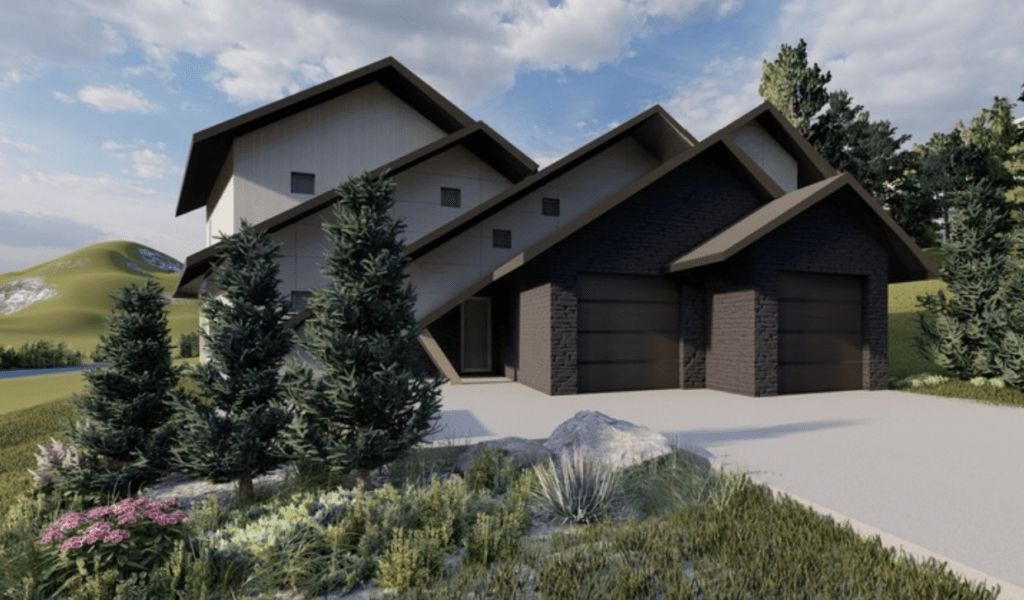
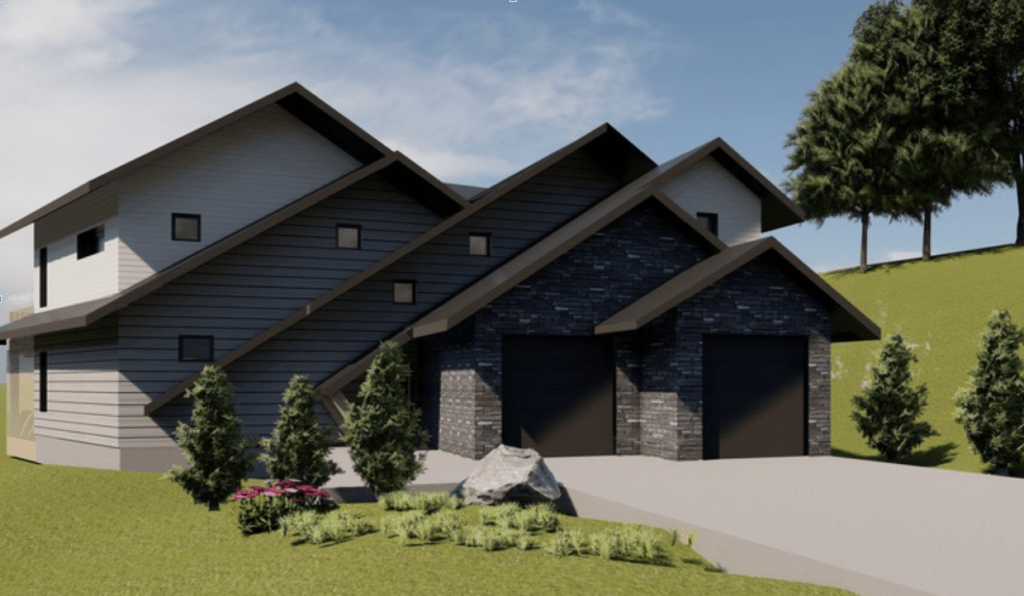
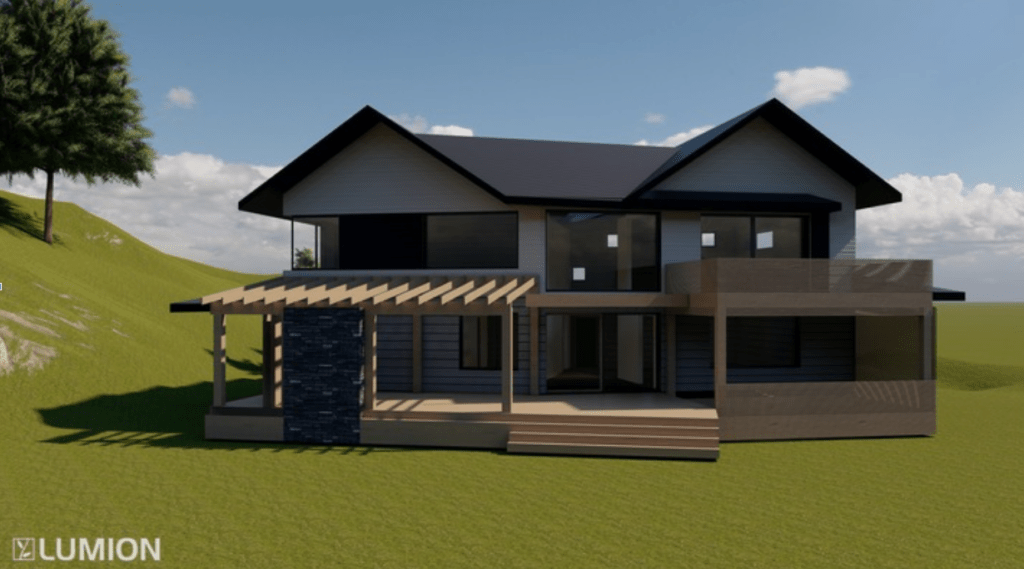
source for 3 images above: Bow Crow Design
We (Sol Invictus) are the PHIUS rater/verifier for the project. The home incorporates a lot of really innovative technology like a prefabricated wall system from Collective Carpentry (Invermere) and using an unconventional heating and cooling system (Geothermal) and a unique Energy Recovery Ventilator (ERV). The windows and doors are incredible, cold climate windows that incorporate exterior blinds. I think it would be a great demonstration for ENBIX of what an amazingly beautiful high-performance home in Alberta looks like. The building looks very complicated, but it’s a simple box with an interesting roof. It’s a great example of how a high-performance home in a cold climate doesn’t have to be ugly.
Q: What’s one book, video, or article that you think everyone interested in sustainability should read or watch?
A: Blessed Unrest – Paul Hawken – an inspiring read. It’s the only book I’ve taken extensive notes in and it talks about ecological damage because of corporations and our modern society, and where we stand. I think a lot has changed since it was written only a few years ago but it’s worth the read.
Q: How do you see the industry progressing in the next few years?
A: We are rapidly moving toward the future, but I think that even with the federal initiatives, and the regulations, and the codes, and just based on our political culture here in Alberta, I think that, at least in our Province, things won’t move as rapidly as we’re hoping and it’s not just about the political culture. It bleeds into other things. I know that we don’t have as many educational opportunities for industry to upskill as they do in other provinces because there’s so much resistance to change. I see that we’re going to be pushed toward building better, begrudgingly, but our industry will not be at that point. There’s going to be a lot of the burden left to fall on the energy consultant and building inspector’s shoulders and unfortunately, we may have a lot of unintended consequences because we don’t have the education components in place. Buildings and the occupant experience, in my opinion, are going to suffer.
This is the same thing that happened when we started building more air-tight homes. We saw a lot of humidity and moisture problems without proper ventilation. We may have unintended consequences by not preparing the industry properly for when we are forced to get to where we have to be. I know it’s pessimistic, but if I can put that message out there for anybody that’s developing any regulations in Alberta, or policies, that this needs to be a focus point and an investment point as well. There needs to be dollars put into training and educating the industry.
